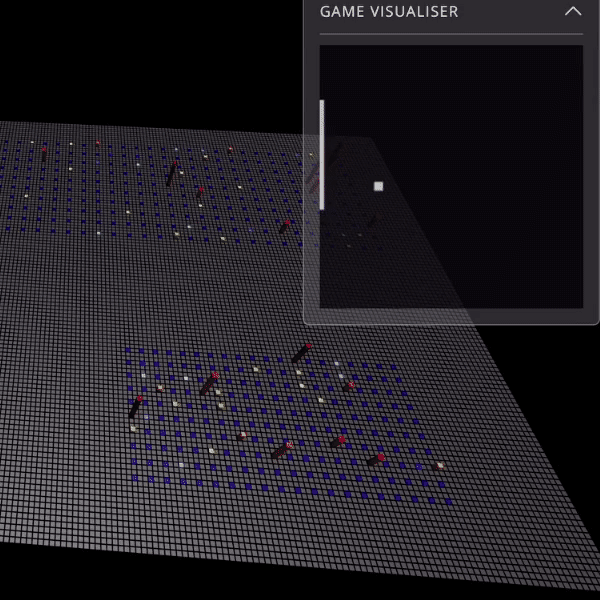By Charles Carter, 19/10/22
Innovators at Max Planck Institute have created a unicycle bot that can withstand being pushed, self-right and balance on an inclined plane using the momentum of a reaction wheel.
The unicycle is built from a combination of off-the-shelf components and 3D-printed parts, and can jump on to its wheels from any initial position.
How does it work?
Its two wheels are positioned perpendicular to each other and are identical such that either can be used as a rolling wheel or reaction wheel.
A reaction wheel is a spinning wheel that can transmit momentum to a system through acceleration or deceleration. They are mainly used to orientate satellites.
To self-right, the unicycle bot spins one of its wheels very fast and then suddenly brakes which transmits momentum flinging the bot upright.
Four Lithium Polymer batteries give 30 mins of cable-free balancing and the bot communicates with a computer controller via a wireless dongle.
What are the potential benefits?
The electrical and mechanical design, including high torgue-to-weight ratio motors, enable the bot to balance even with considerable disturbances. This sets it apart from previous unicycle reaction wheel robots.
The interchangeable and symmetrical nature of the rolling wheel and reaction wheel limits the number of 3D-printed parts which reduces costs.
The team made the code and 3D-print instructions open source, this reduces costs for other innovators wanting to build or improve upon the design.
Questions for you. Comment below
- First thought that comes into your head?
- Pros and cons according to you?
- Other applications of this approach?
- What could this be combined with?
Links
https://sites.google.com/view/wheelbot
https://ieeexplore.ieee.org/document/9834094




Thanks for sharing. I read many of your blog posts, cool, your blog is very good.